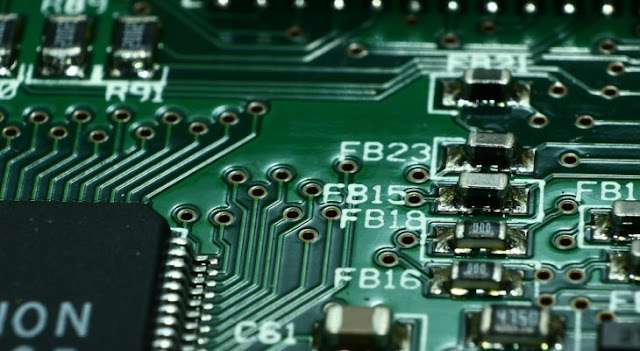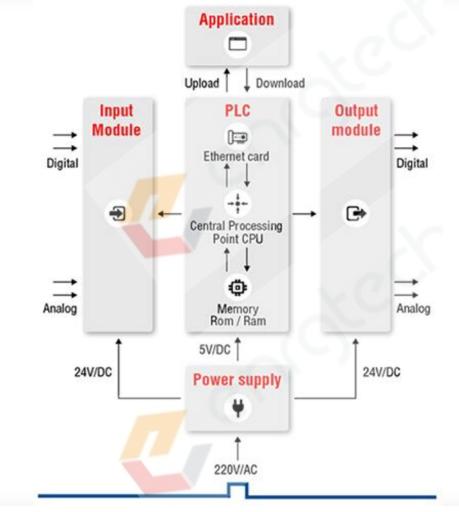How to Optimize Affordable Precision Current Sensing?
Current sensing Current sensing is very critical in electronic or electrical equipment. There are numerous methods of sensing current which include the Rogowski coil, fluxgate, hall sensors, shunt resistor, and current transformer sensing. Shunt resistor sensing is the most commonly used method of current sensing . This is because it is very cost-effective can work in both AC and DC, and requires no additional equipment. As such it is a very affordable way of measuring current. Optimizing precision The use of shunt resistors presents a lot of errors. The resistance of the solder becomes an integrate of the sense element resistance and introduces a significant measurement error. High precision applications use 4-terminal resistors as well as Kelvin sensing to reduce this type of error. However, special purpose resistors could prove to be expensive. Moreover, the size and design of the resistor are significant factors in the determination of the sensor accuracy with regards to la


